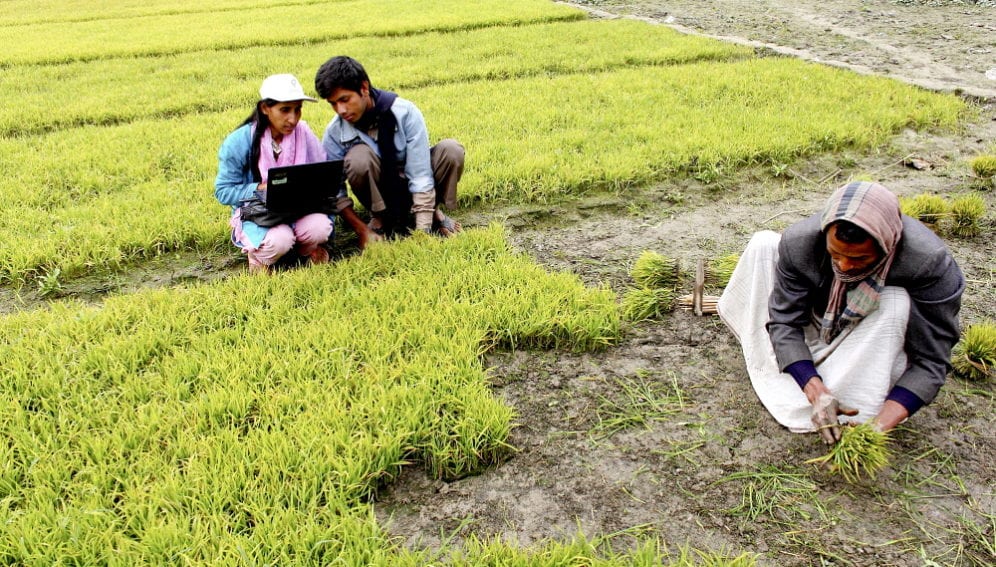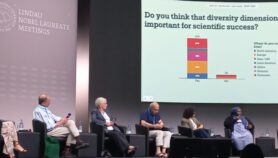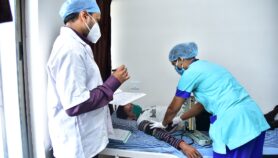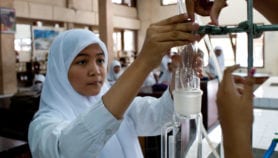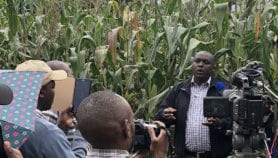By: Jan Piotrowski
Send to a friend
The details you provide on this page will not be used to send unsolicited email, and will not be sold to a 3rd party. See privacy policy.
The international community must do more to provide landlocked developing countries (LLDCs) with the agricultural and industrial technology to turn raw materials into high-value products, a UN chief tells SciDev.Net ahead Second UN Conference on LLDCs, in Vienna, Austria (3-5 November).
Providing better access to new technologies should be a central pillar of any future development strategy or these countries will remain overly-reliant on the export of low-value commodities, slowing their economic development, says Sandagdorj Erdenebileg.
“If they want to diversify their economies they have to do so through the transfer of technology,” says Erdenebileg, who is head of the Policy Development, Coordination, and Reporting Service at the UN Office of the High Representative for the Least Developed Countries, Landlocked Developing Countries and Small Island Developing States.
“The need is more pressing than in any other developing country.”
There are 32 landlocked developing countries: 16 in Africa, 12 in Asia, two in Latin America and two in Europe. They include Bhutan, Burundi, Chad, Laos, Macedonia, Niger and Zambia.
Erdenebileg says that helping LLDCs make high-value processed goods is an accepted way for them to overcome the geographical isolation that raises their transport costs by up to 50 per cent, as these products are less bulky compared to their value.
But high commodity prices during the early years of the new millennium caused governments and international development agencies to favour raw material exports, he says.
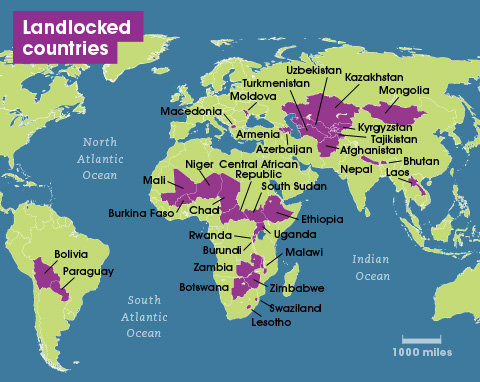
This issue will be back on the agenda of decision-makers when they meet next month (3-5 November) to produce a text to replace the Almaty Programme of Action (APoA), a document that has guided international attempts to speed up development in coastless nations since 2003.
Discussions at UN’s Vienna conference on LLDCs will include ways of pushing richer nations for more explicit commitments to aid tech transfer to boost manufacturing and trade, he says.
This may include developing licensing agreements to give free of preferential access to technologies providing training and capacity building, and encouraging foreign investment in agriculture and industry, says Erdenebileg.
Many of the networks needed to implement these changes already exist, such as the UN-hosted South-South Global Assets and Technology Exchange (SS-GATE), but donors are “not doing enough” to maximise their impacts, he adds.
Erdenetsogt Odbayar, the interim director of the International Think Tank for LLDCs, based in Mongolia, agrees that the international development community is giving insufficient attention to the “major issue” of tech transfer.
But before any meaningful action is taken, the specific technological and human capacity needs of each country must be assessed, he tells SciDev.Net.
And, the private sector must be better integrated into discussions, as business investment is the only way to meet the high, long-term costs of developing the extractive industries, such as mining, that so many LLDCs rely on to provide the raw materials for conversion, Odbayar adds.
The draft of the conference outcome document already acknowledges this reality, as well as making significant improvements to the APoA it will replace on issues such as capacity building and infrastructure, he adds.
Unlike the APoA, the document has a section on science, technology and innovation, in which it calls for access to new technology and knowledge and is peppered with references to science.
“Landlocked developing countries should promote investment in science, innovation and technology for sustainable development,” it says.
They should prioritise the development of a national policy to promote science, technology and innovation; build and expand strategic partnerships, such as with the private sector, universities and other research institutions; promote innovative solutions for modern and cost-effective technologies that could be adapted locally; and establish high-level technology centres, the document says.
Development partners, it adds, could provide financial and technical support; promote the sharing of best practice and innovative technologies and the transfer of technology and know-how; and support the networking of research institutions and the creation of high-level technology centres.
But despite tech transfer’s importance, many LLDCs have more fundamental problems, says Odbayar.
“They don’t even have basic governance,” he says. “Political stability must be established before tech transfer can be effective.”
> Link to draft outcome document of the meeting
> Link to Almaty Programme of Action
More on Capacity building
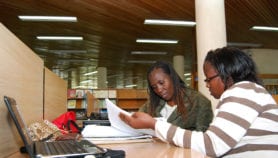

Script media release
Journalists offered ‘big break’ mentoring opportunity from Radio Nigeria
03/04/19


